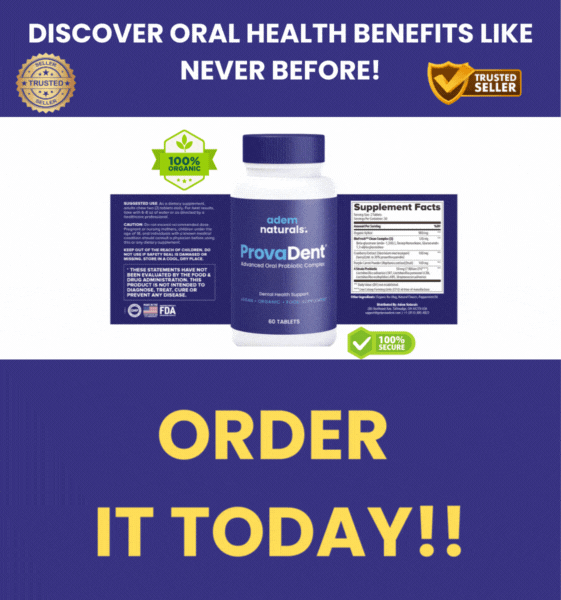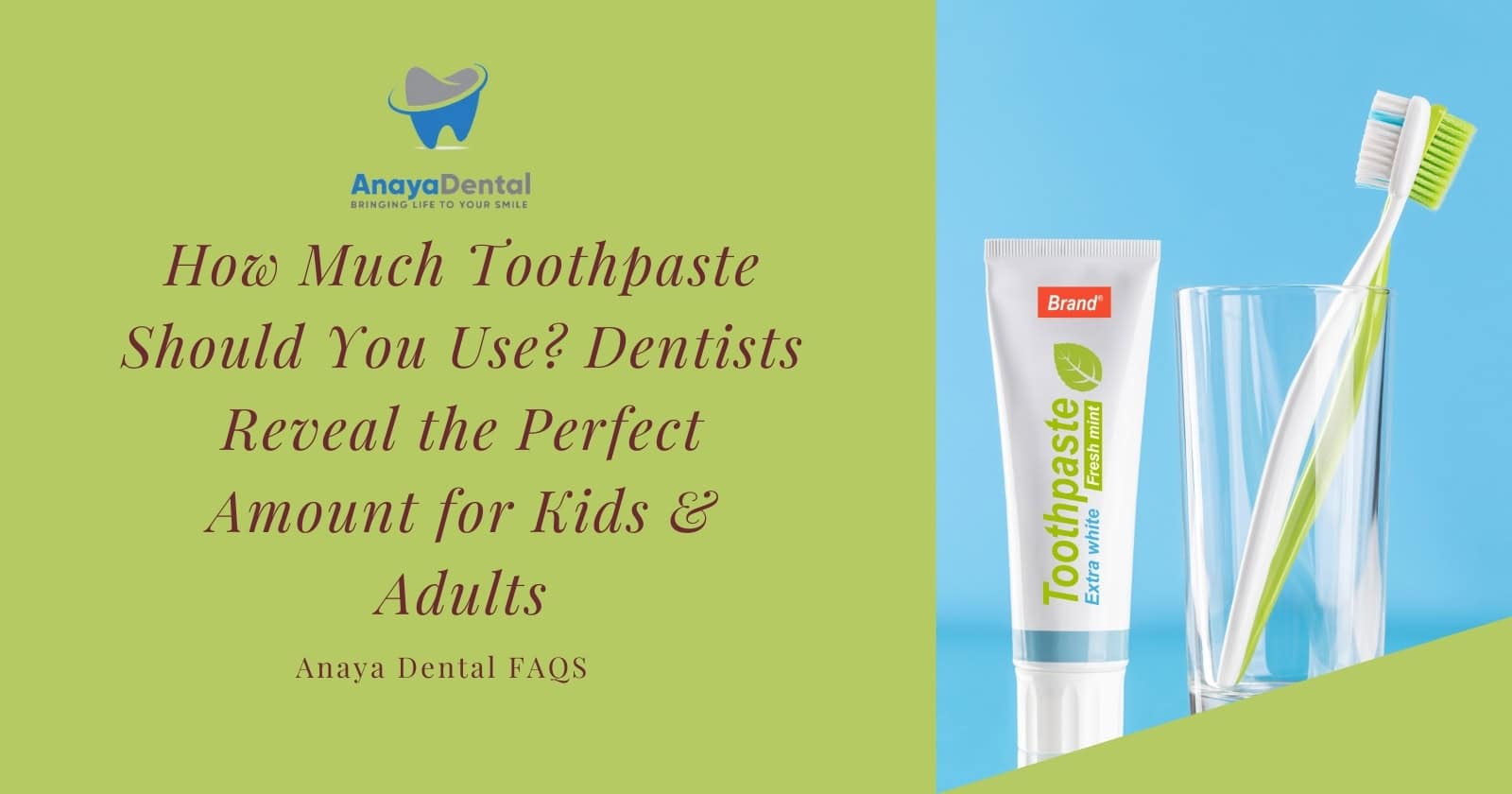Tooth Extraction: Complete Guide to Procedures, Costs & Recovery
Tooth extraction is a common dental procedure where a tooth is removed from its socket in the bone. While dentists typically aim to preserve natural teeth whenever possible, extractions become necessary in various situations ranging from severe decay to overcrowding. This comprehensive guide covers everything you need to know about tooth extractions, including types, costs, procedures, recovery, and aftercare.
Tooth Extraction Cost Calculator
When Is Tooth Extraction Necessary?
Dentists and oral surgeons may recommend tooth extraction for several reasons:
- Severe tooth decay or damage that cannot be repaired with fillings, crowns, or other treatments
- Advanced gum disease (periodontitis) that has loosened the tooth’s supporting structures
- Dental infections that cannot be resolved with root canal therapy
- Overcrowding in preparation for orthodontic treatment
- Impacted wisdom teeth causing pain, infection, or damage to adjacent teeth
- Baby teeth that haven’t fallen out at the appropriate time
- Fractured teeth that cannot be saved
- Teeth under a denture that are causing problems with fit
- Preparation for radiation therapy to the head and neck
- Risk of infection in patients with compromised immune systems
Types of Tooth Extractions
There are two main types of tooth extractions, each with different procedures, recovery times, and costs:
Try Our Dental Calculators
1. Simple Extraction
A simple extraction is performed on a tooth that is visible in the mouth and can be easily accessed.
Procedure details:
- Local anesthesia is administered to numb the area
- The tooth is loosened with an instrument called an elevator
- Dental forceps are used to remove the tooth
- Typically performed by general dentists
- Usually completed in one appointment
Best for: Fully erupted teeth that are visible in the mouth and have simple root structures.
2. Surgical Extraction
A surgical extraction is more complex and involves removing teeth that have broken at the gum line, haven’t fully erupted, or cannot be easily accessed.
Procedure details:
- May involve local anesthesia plus conscious sedation or general anesthesia
- Requires an incision in the gum tissue
- May involve removing bone around the tooth
- Often requires sectioning (cutting the tooth into pieces)
- Often performed by oral surgeons
- May require multiple appointments
Best for: Impacted teeth, broken teeth, teeth with complex root structures, or wisdom teeth.
3. Wisdom Tooth Extraction
Wisdom tooth extraction is a specific type of extraction focused on the third molars, which typically emerge between ages 17-25.
Procedure details:
- Often requires surgical extraction techniques
- Frequently involves removing all four wisdom teeth at once
- Higher likelihood of requiring sedation or general anesthesia
- May be preventive to avoid future complications
- Usually performed by oral surgeons
Best for: Impacted wisdom teeth or those causing pain, infection, or damage to adjacent teeth.
The Cost of Tooth Extraction
The cost of a tooth extraction varies widely based on several factors:
Average Cost Ranges
- Simple extraction: $150-$300 per tooth
- Surgical extraction: $350-$650 per tooth
- Wisdom tooth extraction: $450-$800 per tooth
- Impacted wisdom tooth: $550-$1,100 per tooth
Factors Affecting Tooth Extraction Costs
- Type of extraction
- Simple extractions cost less than surgical extractions
- Complexity of the procedure affects pricing
- Type of anesthesia
- Local anesthesia: Usually included in extraction cost
- Conscious sedation: Additional $250-$500
- General anesthesia: Additional $500-$800
- Provider type
- General dentists typically charge less than specialists
- Oral surgeons may charge 30-50% more for the same procedure
- Geographic location
- Metropolitan areas have higher prices
- Costs vary by region and state
- Additional services
- X-rays: $75-$150
- Exam: $100-$200
- Post-operative care: $30-$75
- Number of teeth
- Volume discounts often apply for multiple extractions
- Removing all four wisdom teeth at once is more cost-effective
Insurance Coverage for Tooth Extractions
Most dental insurance plans provide partial coverage for extractions:
- Simple extractions: Typically covered at 70-80%
- Surgical extractions: Often covered at 70-80% if medically necessary
- Wisdom teeth: Coverage varies by plan (50-80%)
Insurance considerations:
- Annual maximums: Most plans limit benefits to $1,000-$1,500 per year
- Waiting periods: Many plans require 6-12 months of coverage before covering extractions
- Pre-existing conditions: Some plans won’t cover extractions for teeth with problems that existed before you got the insurance
- Medical insurance: May cover extraction if it’s medically necessary due to trauma or disease
The Tooth Extraction Procedure
Before the Extraction
- Initial consultation
- Dental exam and medical history review
- X-rays to assess tooth position and root structure
- Discussion of anesthesia options
- Pre-procedure instructions (fasting, medication adjustments)
- Preparation
- Arrive with a responsible adult if receiving sedation
- Wear comfortable clothing
- Remove jewelry, contact lenses, and removable dental appliances
During the Extraction
- Anesthesia administration
- Local anesthesia: Numbs the immediate area
- Conscious sedation: Relaxes you while keeping you awake
- General anesthesia: Renders you unconscious
- The extraction process
- For simple extractions: Loosening and removal with dental instruments
- For surgical extractions: Incision in gum tissue, possible bone removal, sectioning of tooth, and removal of pieces
- Post-extraction care
- Placement of gauze over the socket to control bleeding
- Possible placement of dissolvable stitches
- Instructions for immediate aftercare
After the Extraction
- Recovery room (for sedated patients)
- Monitoring until anesthesia effects diminish
- Initial aftercare instructions
- Going home
- Transportation by a responsible adult if sedated
- Prescription for pain medication if necessary
- Detailed aftercare instructions
Recovery and Aftercare
Timeline for Recovery
- First 24 hours: Blood clot formation, initial swelling, and discomfort
- Days 2-3: Peak swelling and discomfort
- Days 4-7: Gradual reduction in swelling and pain
- 1-2 weeks: Soft tissue healing
- 3-6 months: Complete bone healing in the socket
Aftercare Instructions
- Controlling bleeding
- Bite on gauze for 30-45 minutes
- Replace gauze as needed
- Avoid spitting or using straws
- Managing pain and swelling
- Take prescribed pain medication as directed
- Apply ice packs (20 minutes on, 20 minutes off)
- Sleep with head elevated
- Oral hygiene
- Avoid brushing the extraction site for 24 hours
- Gently rinse with salt water after 24 hours
- Continue brushing other teeth carefully
- Diet recommendations
- First 24 hours: Soft, cool foods (yogurt, applesauce, smoothies)
- First week: Avoid hard, crunchy, or spicy foods
- Gradually return to normal diet as comfort allows
- Activity restrictions
- Rest for 24-48 hours
- Avoid strenuous activity for 3-5 days
- No smoking or alcohol for at least 72 hours
Potential Complications
- Dry socket
- Occurs when the blood clot dislodges prematurely
- Causes severe pain 2-5 days after extraction
- Requires professional treatment
- Infection
- Signs: Fever, increased swelling after 2-3 days, pus, bad taste
- Usually treated with antibiotics
- May require follow-up dental visit
- Nerve damage
- Can cause numbness or tingling in lip, chin, or tongue
- Usually temporary but can be permanent in rare cases
- Sinus complications
- Possible with upper molar extractions
- May include sinus opening or sinus pain
When to Call Your Dentist
Contact your dentist or oral surgeon if you experience:
- Severe pain not controlled by medication
- Excessive bleeding continuing after 4 hours
- Swelling that worsens after 2-3 days
- Fever or signs of infection
- Difficulty swallowing or breathing
- Numbness that persists beyond the anesthesia period
Tooth Replacement Options After Extraction
After healing, you may want to consider replacing the extracted tooth to maintain function and aesthetics:
- Dental implants
- Most natural-looking and functioning option
- Preserves jawbone health
- Cost: $3,000-$5,000 per tooth
- Dental bridges
- Fixed option that doesn’t require surgery
- Requires healthy adjacent teeth
- Cost: $2,000-$4,000
- Partial dentures
- Removable option
- More affordable than implants or bridges
- Cost: $1,000-$2,500
- Full dentures
- For multiple missing teeth
- Least expensive option for full arch
- Cost: $1,500-$3,000 per arch
Preventing the Need for Extractions
To minimize the chance of needing tooth extractions in the future:
- Practice good oral hygiene
- Brush twice daily with fluoride toothpaste
- Floss daily
- Use antimicrobial mouthwash
- Get regular dental check-ups
- Professional cleanings every 6 months
- Early detection and treatment of decay or gum disease
- Address dental issues promptly
- Don’t delay treatment for cavities or gum disease
- Seek treatment for cracked or damaged teeth immediately
- Wear protective gear
- Use mouthguards during sports
- Use nightguards if you grind your teeth
Conclusion
Tooth extraction, while sometimes necessary, is a routine dental procedure with predictable outcomes when performed by skilled professionals. Understanding the types of extractions, cost factors, and recovery process can help you prepare for the procedure and ensure optimal healing. Use our tooth extraction calculator to estimate the cost for your specific situation, and consult with your dentist or oral surgeon to determine the best approach for your dental needs.
Remember that maintaining good oral health through regular dental visits and proper home care is the best strategy to avoid extractions whenever possible.


